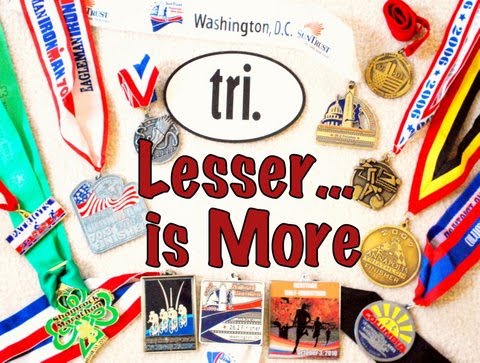My intent of this series is to document my thoughts (as of today) about what I know and how it is influencing my training moving forward. I have read quite a bit recently, as I mentioned in my previous post. After having the time to think about all of the information and map it to myself, I have developed a few principles that I plan to follow and believe apply to most others. Each principle consists of a section below.
Part 1
Part 2
Part 3
Part 4
Changing Training Stimuli
Around this time last year, I wrote about the base training methods I incorporated into this year and the fact that I feel strongly of its importance to the majority of people that don't come from a strong aerobic/endurance background. That a solid period of base training builds the foundation for which we add everything else on top. Without it, you can still get fast quickly, but you bring more risk into the equation, such as injuries, which I personally try to avoid where possible. You also limit the potential increases you can see across a season, because this method typically leads to plateau, as I've witnessed firsthand in prior seasons.
So back to the point of this post. After I stopped seeing returns from the training I was doing, it was important to change the training stimulus. After your body gets used to one kind of training, changing things up is a surefire way to earn some new fitness. While base training certainly had its place, the type of training that gets us ready to race is the kind that begins to incorporate more of the faster stuff. And while I specifically stated that intervals, tempos, Vo2Max , etc workouts can be dangerous, they are also the most effective workouts at getting us "race ready". So the ways to incorporate them into your training are to first establish that foundation of fitness and THEN slowly incorporate the "sexy" kinds of workouts into the plan. And that is where you really start seeing the results by adding to the base you've already established.
But the magical gains you achieve from this type of training aren't necessarily the kind where "more is better" works. And I think that is where a lot of people get lost. It is a fine line of dancing between high levels of fatigue (overtraining) and improving your fitness. As the saying goes - "It's always better to enter a race 10% undertrained, than 10% overtrained or injured".
The things I'm specifically cautioning against are adding in too much interval/tempo work too quickly or running too fast "because you can". The problem with these kinds of workouts is that the potential to do more harm than good is so great. A little bit of speed goes a long way. However, a lot of speed does not necessarily go further. Just because you CAN run 8 x 800m @ 6:00/mile pace doesn't mean you SHOULD. For one, if the pace is too fast for your current level of fitness, you're not utilizing as many muscle groups, which means that those great adaptations that are intended to result from this kind of work won't happen. Additionally, you're likely to become too fatigued from this 1 workout to actually run other quality workouts. The point of your training week is to do all of your workouts, not have 1 awesome workout and struggle through the rest of them. Similarly, your goal is not to set PRs in training sessions. Typically, if this is happening, you're running too hard. Races are when you set PRs. Save those big efforts to race days. Fatigue can manifest itself over time in your body and denial is a surefire way to let things get too far in the negative.
So how do you know when you've hit too much fatigue? Well one way is to actually listen to your body. It sounds simple, but it is really hard for self coached athletes to understand that it is ok to take an easy day or even (gasp) a day off. It is during this much needed down time where the fitness is gained through muscle regrowth and recovery. Of course, nutrition also plays a huge role in that as well...crap in = crap out (but not in the lightening your load, kind of crap way ;) ). The other way to check your fatigue levels is by tracking your training. You can do this by perceived exertion, how you feel when you wake up, or through several online tools (and I'm sure others) that use algorithms. Use one of those methods, because it is the only way you'll keep track of it.
So what I am really trying to say is this: Once you have established your base and begun incorporating these more stressful activities (and really any time), listen to your body to determine when it is appropriate to take off and go easy. And when you decide on a "hard" workout - run it within your abilities, not what you wish you could run or what you could run because you wanted to prove it. Use your recent performances to determine what is a realistic pace. If you just ran a 25 minute 5k, you probably shouldn't be running 6:00/mile 800 repeats, even if you can. Improvements take time and patience and without both, it is difficult to keep up and meet your goals. Think about it this way - If you have to think about it and question what you are about to do, err on the side of caution. There is always tomorrow to hit it hard. Play it safe, stay healthy, repeat, and improve your fitness. I think that is a good plan to follow.

No comments:
Post a Comment